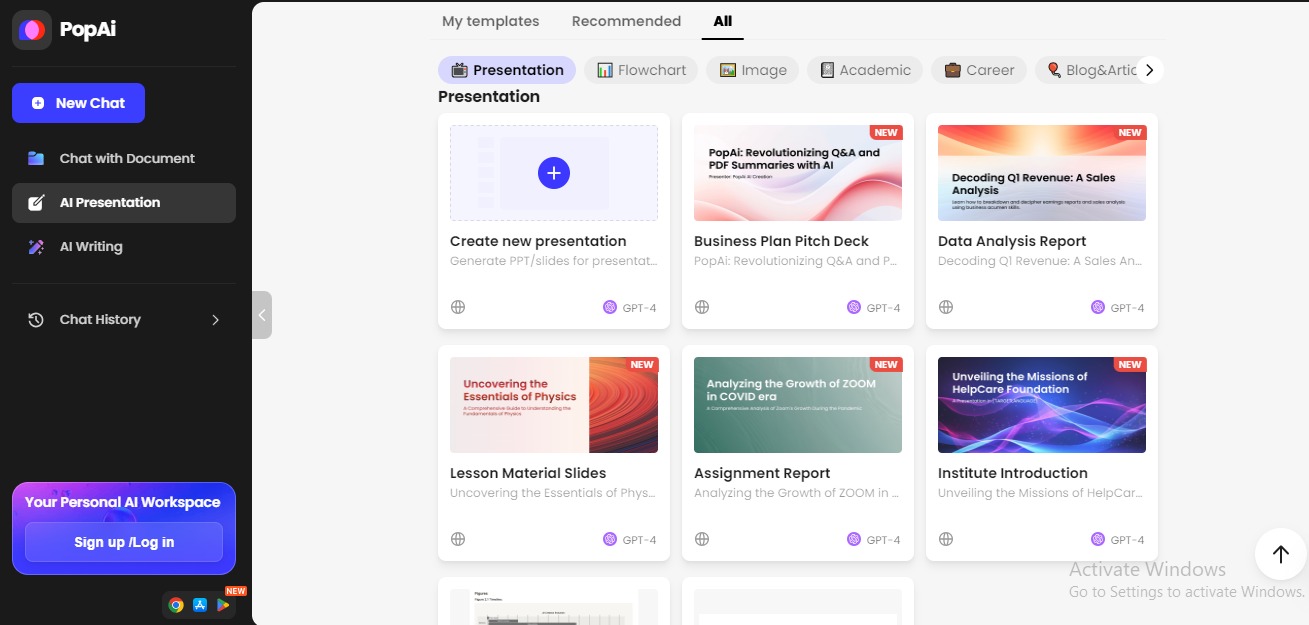Navigating vast information landscapes, businesses and individuals are increasingly turning to federated search tools to streamline their search endeavors. This comprehensive technology enables users to query multiple disparate data sources simultaneously, receiving consolidated results in a cohesive format. Understanding the nuances of federated search and its application in modern information management can unlock many benefits for organizations. In this article, we will delve into the different types of federated search and how they can be effectively implemented in your enterprise.
The Role of Federated Search in Modern Enterprises
Alt text: A man using a laptop to explore the different types of federated search.
For modern businesses, the accumulation of data across a multitude of platforms and repositories is a given. Federated search is a vital link between this fragmentation and the users who need timely and comprehensive access to information. It enhances decision-making processes by presenting a holistic view of data, which is crucial for everything from market analysis to internal knowledge management.
Additionally, federated search empowers employees to leverage institutional knowledge by accessing documents, records, and data points that may exist beyond their immediate digital workspaces. This interconnected approach fosters a more collaborative environment and can significantly improve productivity. Rather than spending valuable time in data retrieval, employees can focus on interpreting and applying the information at hand.
One of the main advantages federated search holds for businesses is its contribution to improving customer service. With the ability to quickly pull information from various sources, customer service representatives can provide informed, accurate responses to inquiries, thus enhancing the overall customer experience. The agility federated search systems offer can translate directly into higher customer satisfaction rates.
Furthermore, the role of federated search in compliance and risk management cannot be understated. As regulations and legal requirements become more intricate, enterprises can use federated search tools to ensure they consider all relevant information when assessing compliance status and potential risks.
Technological Underpinnings of Federated Search Systems
The technological infrastructure supporting federated search is intricate, as it must seamlessly integrate with disparate data sources. Numerous protocols and standards are at the core of a federated search system, ensuring that the query and response processes are executed harmoniously across various platforms.
Open standards like the Z39.50 protocol for library searches, and newer web-service-based protocols empower the interoperability that federated search requires. These protocols dictate how information is requested and received, allowing for systematic interaction among unrelated systems. Moreover, modern federated search systems often incorporate sophisticated algorithms and artificial intelligence to enhance the search experience, improve relevancy, and predict user needs.
Security concerns are central to the design of federated search technology. Since the system processes a wide range of data, including potentially sensitive information, federated search tools must adhere to strict security protocols and encryption standards. This is crucial to maintaining user trust and complying with data protection regulations.
Scalability is another important consideration. As organizations grow and evolve, so too must their federated search systems. The ability to adapt and integrate new data sources without compromising performance is a testament to the robustness of the federated search framework. This adaptability is essential for organizations looking to remain agile in an ever-changing information landscape.
Best Practices for Implementing Federated Search in Your Organization
Alt text: Two colleagues sitting together, collaborating on a laptop while utilizing federated search to access a wide range of information sources for their project.
Adopting federated search technology within an organization is a strategic move that can yield substantial dividends. However, adhering to a set of best practices during implementation is important to realize these benefits fully. Starting with an assessment of the organization’s information retrieval needs and existing system capabilities lays the groundwork for successful integration.
User training is a critical element following the implementation of a federated search system. Employees must be acquainted with the new tool’s functions and potential to utilize it efficiently. Moreover, stakeholder engagement throughout the process can aid in addressing any concerns and setting realistic expectations regarding the system’s capabilities.
Continuous evaluation and feedback mechanisms are essential to refine federated search capabilities and performance. Regular monitoring can reveal insights into usage patterns, and user feedback can guide iterative improvements. This ongoing process helps to ensure that the federated search system remains aligned with evolving organizational needs and technology standards.
Overall, federated search technologies offer transformative potential for organizations keen on leveraging their data assets to the fullest. By understanding and effectively applying federated search systems, enterprises can gain a competitive edge through informed decision-making, enhanced productivity, and streamlined access to a wealth of information.
Keep an eye for more latest news & updates on Tribune Breaking!







